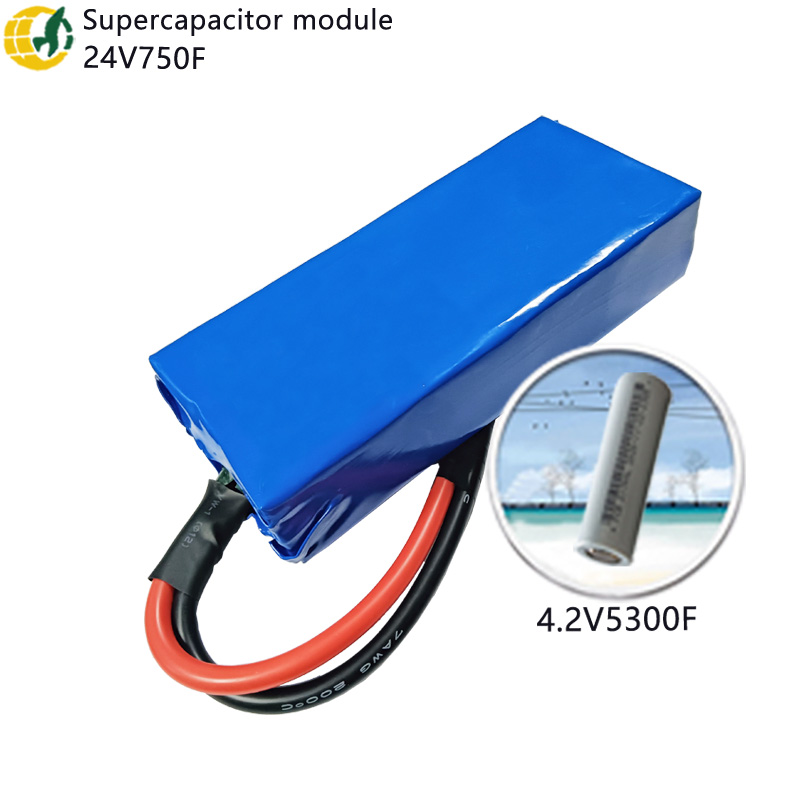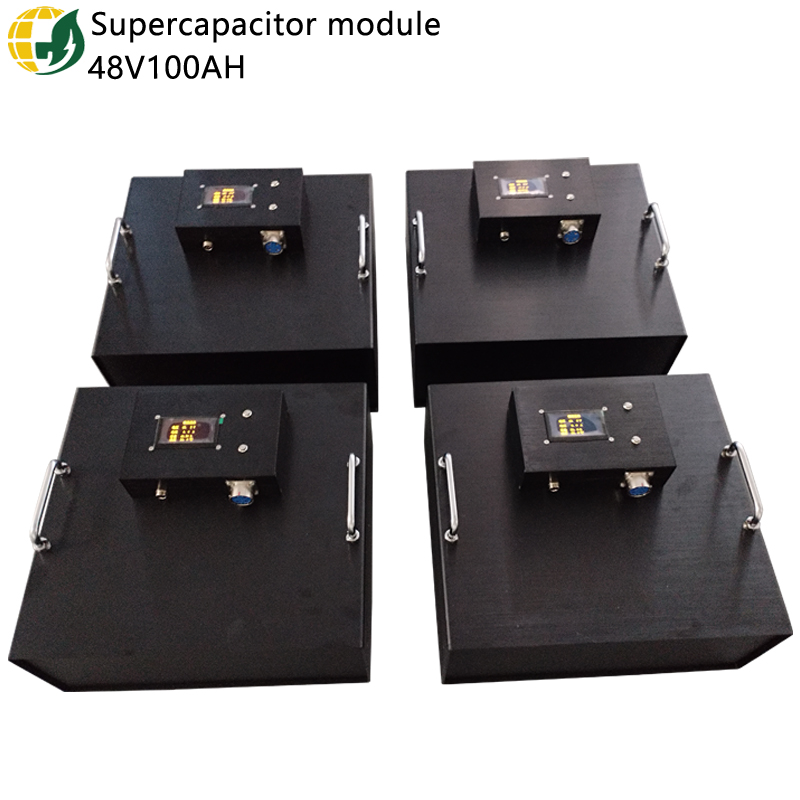Consulting phone:
135-3037-2041
(Mr.Wang)
Five questions about supercapacitors?
1. What is the type of supercapacitor. Supercapacitors form a double layer (electrostatic process) in two different media, the electrode and the electrolyte, to store electricity. Supercapacitors are divided into double-layer capacitors, Faradaic pseudocapacitors, and hybrid capacitors. Faraday pseudocapacitance refers to a double-layer capacitor with Faraday mode electrodes. Faraday mode causes a change in the chemical or oxidation state of the electrode material during charge transfer in the electrode material. In this case, equivalent capacitance achieves indirect energy storage, similar to the energy storage of a battery. A hybrid capacitor consists of two electrodes, one is a double-layer capacitor electrode and the other is a pseudocapacitive electrode. The electrode materials of double-layer capacitors are mainly carbon materials with high specific surface area, while the electrode materials of pseudocapacitors are mainly transition metal oxides and conductive polymers.
2. The difference in energy storage between capacitors and batteries
The energy storage of a battery is indirect, converting electrical energy into chemical energy. The electrode material induces current oxidation and reduces the amount of electrochemically active reactants, resulting in a potential difference between the two electrodes. The energy storage of a capacitor is direct, using electrostatics to distribute positive and negative charges on the two electrodes of the capacitor, which is a process without induced current.
Due to the different ways of energy storage, the cycle reversibility of capacitors and batteries varies. During the charging process of the battery, there is chemical exchange of electrodes, including irreversible exchange of electrode reactants, which reduces the cycling life of the battery. During the energy storage process of capacitors, only the transfer of charge on the electrode does not undergo any chemical changes, resulting in a long cycle life.
3. The difference in density of stored charges between capacitors and batteries
According to an example, the number of electrons an atom on the electrode plate of a capacitor has is 0.18. In comparison, the battery electrode has an oxidation-reduction reaction, where each electrically activated atom or molecule generally has one to two valence electron charges. Therefore, for the effective area of each atom, the capacitor uses 10% and the battery uses 20%.
Overall, the energy density of capacitors is significantly lower than that of batteries, and ideally, the energy density of capacitors is only 20% of that of batteries. Due to the different ways of energy storage, the cycle reversibility of capacitors and batteries varies. During the charging process of the battery, there is chemical exchange of electrodes, including irreversible exchange of electrode reactants, which reduces the cycling life of the battery. During the energy storage process of capacitors, only the transfer of charge on the electrode does not undergo any chemical changes, resulting in a long cycle life.
4. The difference in the density of stored charges between capacitors and batteries is calculated based on an example. An atom on the electrode plate of a capacitor has 0.18 electrons. In comparison, the battery electrode has an oxidation-reduction reaction, where each electrically activated atom or molecule generally has one to two valence electron charges. Therefore, for the effective area of each atom, capacitors use 10% and batteries use 20%. Overall, the energy density of capacitors is significantly lower than that of batteries, and ideally, the energy density of capacitors is only 20% of that of batteries.
Capacitors can achieve much higher energy density based on a non aqueous electrolyte. When discharging in a aqueous electrolyte, the voltage at each electrode can only drop to half of its initial value.
5. Characteristics and advantages of capacitors
1. The free energy varies continuously with the degree of material change or the duration of charge retention.
2. The potential and charging state are determined by lg [X/(1-X)] due to thermodynamic correlation, which is continuous for pseudocapacitors and directly Q for double-layer capacitors.
3. Having capacitive characteristics
4. It generally has a high degree of reversibility.
5. The linear modulation corresponding to the potential provides a roughly constant charging current curve, but it is also related to the material.
6. The constant current discharge gives rise to the decay of potential over time, which is a characteristic of capacitors.
7. Has a high power density, but low energy density.
8. Has outstanding cycling ability
9. Has very little (or no) active polarization, and the single electrical capacity may vary with temperature.
10. The charging indicator is consistent with the working state and can be used together with the battery.
